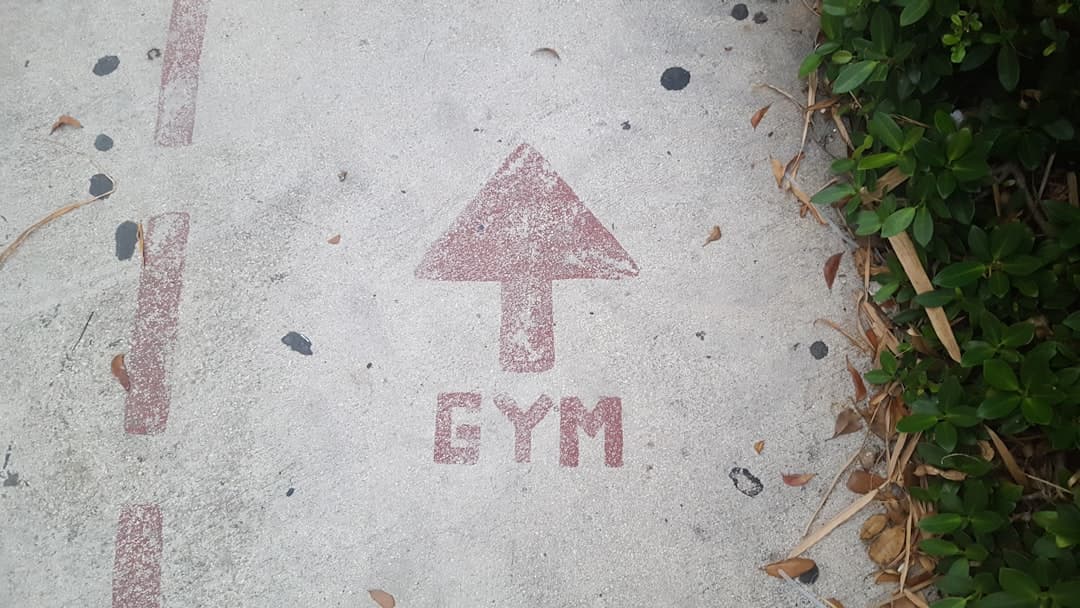Introduction
The fitness industry is experiencing a technological revolution, and at the forefront of this transformation is computer vision technology. Gone are the days when gym members had to rely solely on personal trainers or their own intuition to ensure proper form during workouts.
Computer vision-powered form feedback systems are now providing real-time, accurate analysis of movement patterns, helping users optimize their workouts while minimizing injury risk. This technology is not just changing how we exercise—it's fundamentally transforming the relationship between technology and fitness.
Current Challenges in Form Correction
Traditional form correction methods face several significant limitations:
- Limited availability: Personal trainers can't be with every member at all times
- Subjective feedback: Human observation can vary in accuracy and consistency
- Cost barriers: One-on-one training is expensive and not accessible to all gym members
- Delayed correction: Feedback often comes after the exercise is complete
These challenges have created a gap in the fitness industry that technology is uniquely positioned to fill.
Pro Tip
Pro Tip
The most effective computer vision systems combine multiple camera angles with machine learning algorithms trained on thousands of hours of proper form demonstrations. This multi-angle approach ensures more accurate detection of form deviations.
How Computer Vision Works in Fitness
Computer vision systems in fitness applications work through a sophisticated multi-step process:
- Motion Capture: High-resolution cameras capture user movements in real-time
- Pose Estimation: AI algorithms identify key body landmarks and joint positions
- Movement Analysis: The system compares detected movements against ideal form patterns
- Feedback Generation: Real-time corrections and suggestions are provided to the user
This process happens in milliseconds, enabling immediate feedback that can prevent injuries and improve workout effectiveness.
Industry Insight
The integration of computer vision in fitness represents the democratization of personal training. Every gym member can now access expert-level form analysis, regardless of their budget or trainer availability.
Key Benefits for Gym Owners and Members
For Gym Owners:
- Reduced liability: Fewer injuries due to improved form
- Increased member retention: Better results lead to higher satisfaction
- Competitive advantage: Cutting-edge technology attracts tech-savvy members
- Operational efficiency: Reduced need for constant trainer supervision
For Members:
- Injury prevention: Real-time corrections prevent harmful movement patterns
- Improved results: Better form leads to more effective workouts
- Confidence building: Objective feedback builds exercise confidence
- 24/7 availability: Form analysis available whenever you workout
Implementation Challenges
While the benefits are clear, implementing computer vision systems comes with challenges:
- Initial investment: High-quality camera systems and processing power require significant upfront costs
- Technical complexity: Integration with existing gym management systems can be complex
- User adoption: Some members may need time to adapt to AI-powered feedback
- Privacy concerns: Cameras in workout spaces raise privacy considerations
Important Privacy Considerations
Important
When implementing computer vision systems, ensure compliance with privacy regulations and clearly communicate data usage policies to members. Consider implementing opt-in systems and providing privacy controls.
Future Outlook
The future of computer vision in fitness looks incredibly promising. Emerging developments include:
- Advanced AI models: More sophisticated algorithms for complex movement analysis
- Wearable integration: Combining computer vision with wearable sensors for comprehensive feedback
- Personalized coaching: AI systems that adapt to individual biomechanics and fitness levels
- Predictive analytics: Systems that predict and prevent injuries before they occur
As technology continues to advance, we can expect even more sophisticated and accessible form feedback systems.
Simple Implementation Example
// Basic pose estimation setup
const poseDetector = await createDetector(SupportedModels.MoveNet);
async function detectPose(videoElement) {
const poses = await poseDetector.estimatePoses(videoElement);
return poses[0]; // Return first detected pose
}
// Analyze form based on key points
function analyzeSquatForm(pose) {
const kneeAngle = calculateAngle(pose.keypoints);
const backAlignment = checkBackStraightness(pose.keypoints);
return {
kneeAngle,
backAlignment,
feedback: generateFeedback(kneeAngle, backAlignment)
};
}
Conclusion
Computer vision technology is transforming the fitness industry by making expert-level form feedback accessible to everyone. While implementation challenges exist, the benefits for both gym owners and members are substantial.
As the technology continues to evolve, we can expect even more sophisticated and user-friendly systems that will further revolutionize how we approach fitness and exercise safety.
The future of fitness is here, and it's powered by artificial intelligence and computer vision.




